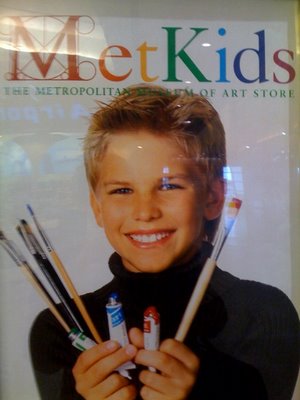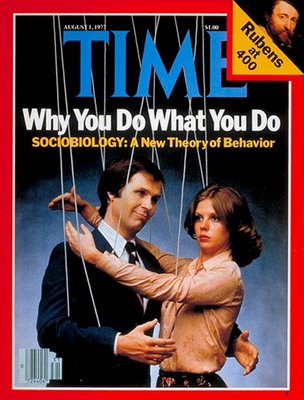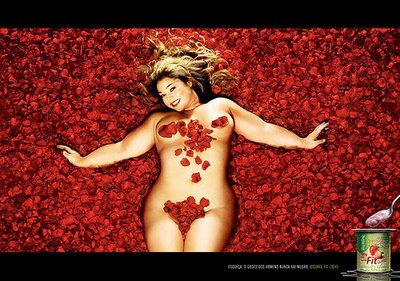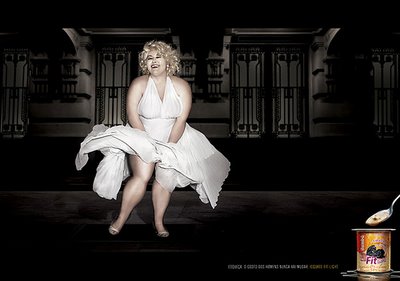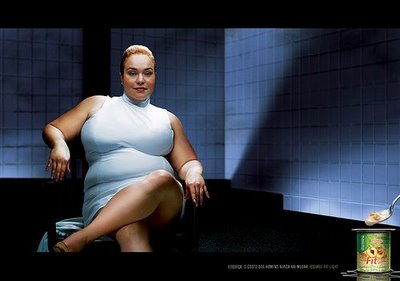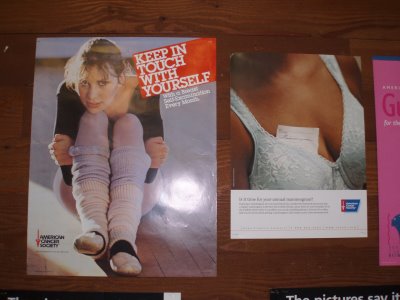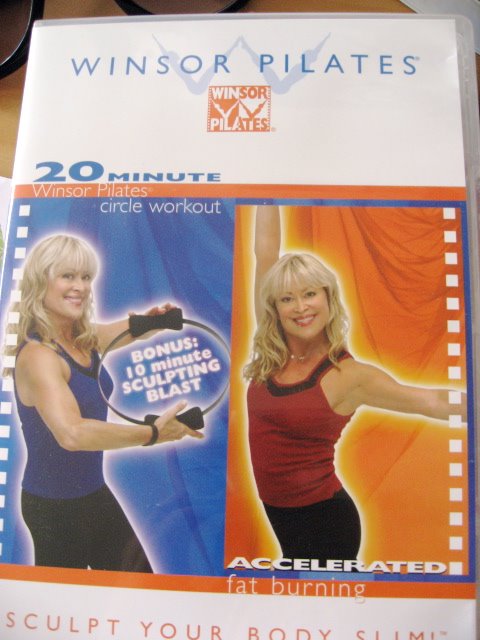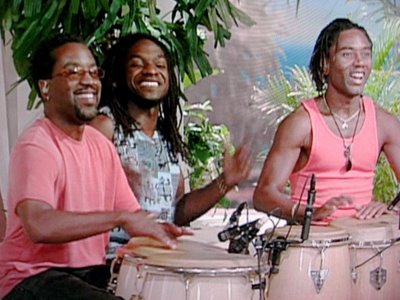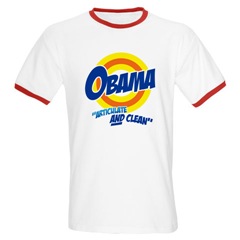These images came to us from Dianne who saw this on BoingBoing and dug deeper to find all these great examples!
Illustrating the way in which whiteness is taken-for-granted and others are always, well, other, Plan Toys sells these doll sets labelled “Ethnic Family,” “AsianFamily,” and, “Doll Family.”

They also sell a “farmer” and a “farmer’s wife.” Dianne notes: “Women don’t farm, apparently, they just marry men who do.”
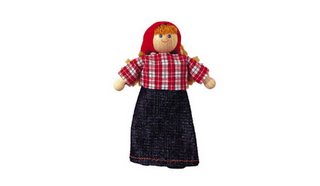
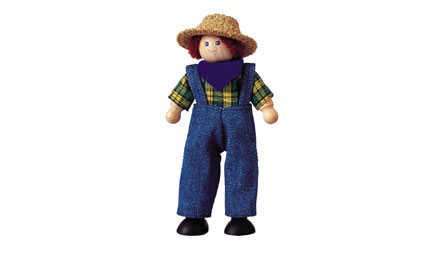
They also sell this generic “Native American set” of which they write:
“Children can create imaginary stories with the Indian figures, camp, teepee and authentic accessories. They can learn about the traditional American tribe and their lifestye.”
Notice how American Indian tribal difference is erased with the phrase “the traditional American tribe.” Diane pointed out that the set actually combines teepees and totem poles which were traditions of tribes in the plains and on the west coast respectively.
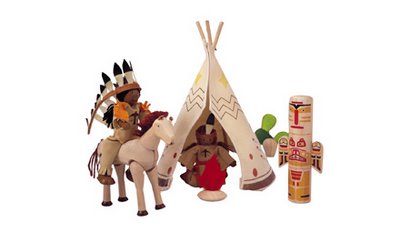
In the “How to Play” section, it says:
“Children can imagine and tell stories about Red Indians, helping to stimulate their imagination and expanding their horizon.”
Yes they really do say “Red Indians.”
Diane notices that, just like the doll family is obviously white, “here again, apparently the default child is white, who can ‘imagine… stories about Red Indians.'”
Ironically, the company claims that they are “socially & environmentally responsible” and promote “good values.”
Thanks so much Diane!
NEW: Kirsten D. sent us this link to a series of Playmobil toys. All of the non-white characters are given racial designations, but the white characters are not. I included some examples below.
African/African American Family:
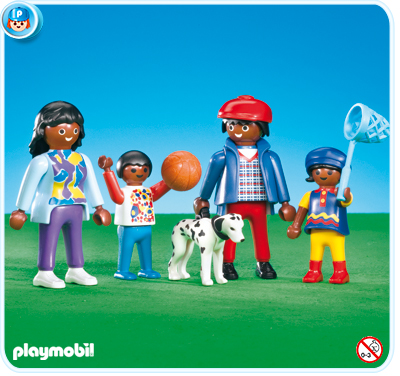
Asian family:
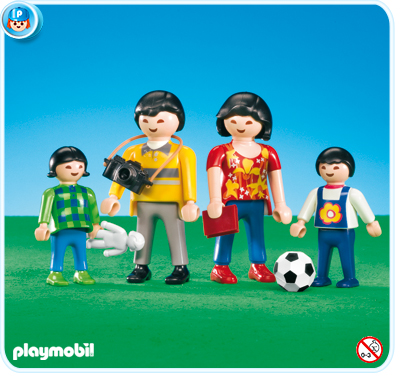
Grandparents:

Medical Team and Patients:
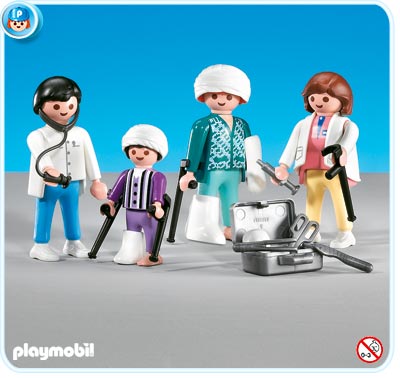
Prince and Princess:
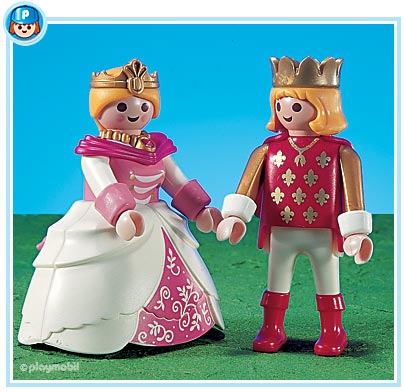
Also in the neutral and the marked: men are people and women are women and from pale to pumped with racial stereotypes.

